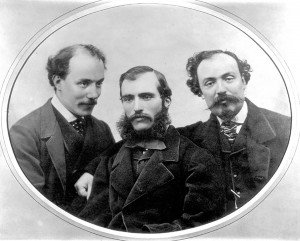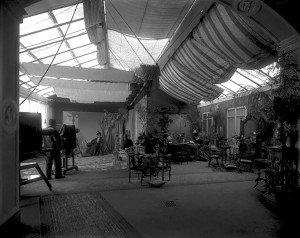Florence’s Photo Treasure
A brief look at Alinari, the hub of photography, its preservation and evolution from the dawn of the art itself
By Amanda SZTEIN
Florence, the home of the Renaissance and its great masterpieces, is also the perhaps unlikely home of Italy’s national photography museum. Located in a 15th-century building called “delle Leopoldine” near Piazza Santa Maria Novella, along with the Fratelli Alinari Foundation for the History of Photography.
The Alinari National Museum of Photography is known for its collection of photography instruments and masterful portrayal of the evolution of photography. The collection includes original, historical photographs from the dawn of photography as an art –including works by many of Italy’s most renowned photogarphers.
Overall, the Alinari historical archive consists of over 900,000 vintage prints. The vast archives include all formats of photographic output – daguerreotypes, salted paper calotypes, bromide prints, albumen prints and charcoal prints. Also preserved are many types of negatives: glass plates, paper negatives, autochromes and hand-coloured glass lantern slides. The archives have extensive conservation methods and tools to properly care for the rare and antique photographic formats.
The museum houses an equipment selection comprised of over 6,000 items, including antique cameras, lenses, period frames and containers. There are also 20 photographs recreated in relief by innovative collaboration with the Stamperia Braille of the Tuscany – photos that can be experienced via touch.
The Alinari brothers, Leopoldo, Romualdo and Giuseppe, who were passionate about the “new” art of photography and founded a studio in 1852. Leopoldo’s son and savvy entrepreneur Vittorio Alinari transformed the business practice into Italy’s most important photography firm at the turn of the century. The Alinari family continues the tradition to this day with the museum, historical archives, and foundation.
Established in 1985, the Museum is appropriately located in the former studio where the historical photographic techniques were first developed and utilized as a cutting-edge technology. Beyond techniques and prints, the Museum also investigates the evolution of photography as a method of preservation and communication.
Amanda Sztein is an editorial intern for the Italian Journal



